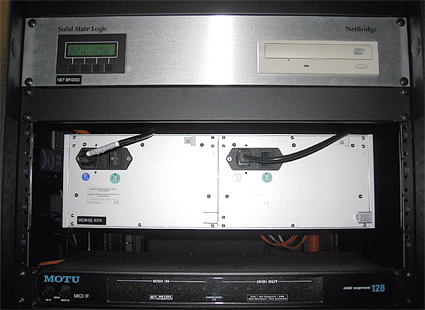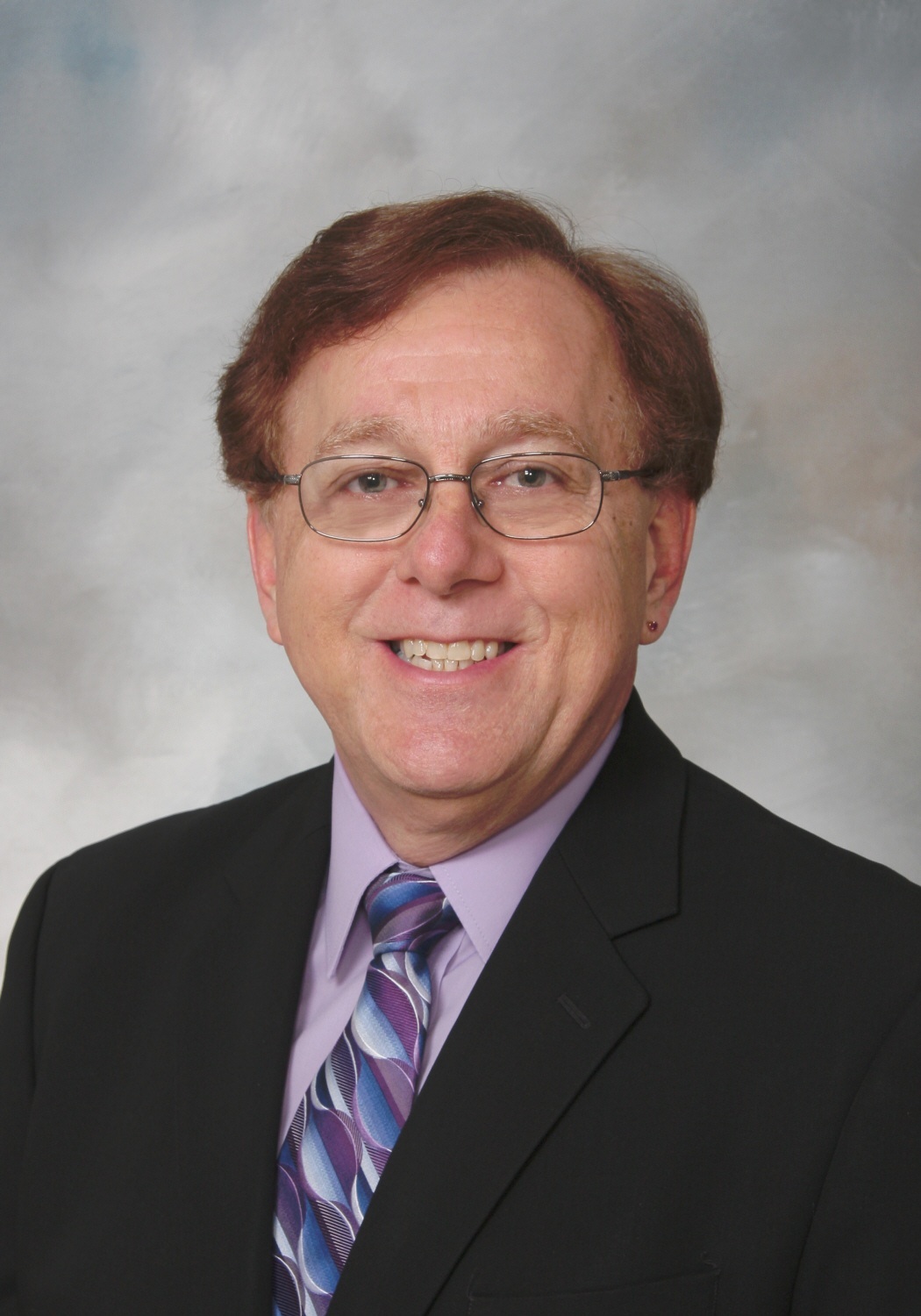When Audio Routing Goes Digital
JOHNSTON, IOWA—When Iowa Public Television was retooling our plan to transition to digital, we were blessed with having an old but well maintained analog plant. We also recognized that—because of the age of the equipment—virtually none of the existing hardware systems would stay after the end of analog.
So although we were not making any structural changes in the building or permanently relocating any control rooms, as far as hardware was concerned we were starting with a clean slate. This meant that we could capitalize on what we knew worked in our existing layout and improve on functionality as we transformed from a composite video, stereo audio facility to all HD with 5.1 audio. Realizing the audio portion of the plan has been more of a challenge than we initially had thought but we are approaching the end of that transition and will be complete later this summer.

IPTV's new SSL MORSE routing systemINCREASE FLEXIBILITY
When looking to replace our existing stereo consoles we evaluated all of the consoles that would meet our need for 5.1 channel production. We selected the Solid State Logic C100HD as the console of choice and since we were outfitting our primary control room's audio booth, our 300-seat auditorium's audio booth and the audio booth for our HD mobile production, we ended up with three of these consoles. One of the mission-critical selection criteria for our operation was to have identical equipment in all three areas if possible to ensure that our operating staff could move seamlessly from one control facility to another and find equipment that they were familiar with. To increase flexibility over our previous audio control booths, we wanted to incorporate into the audio design the flexibility to allow any of the audio control rooms the ability to function with any of our studios, and if necessary, to operate in unison to expand the capabilities.
Since our planning team determined that embedded audio was not the best choice for our operation, flexibility in routing discrete audio within our facility was critical. The idea of adding more audio to our plant router was considered but the complexity and cumbersome nature of having to use an outboard router was definitely not our first choice.
One of the features offered with SSL audio consoles was the Modular Resource Sharing Engine (MORSE) routing system. The MORSE router provides a system for sharing remote audio inputs and outputs as well as related control data between any of our studios and audio booths. Obviously routing I/O's between rooms is nothing new but one of the nice features with the MORSE system combined with the C100 consoles is that the consoles have direct control of the router. This allows the operator at the console to modify the configuration of not only the console itself but the router as well and store all of the information. Complex configuration can be recalled easily including router designation, input parameters, phantom power, etc.
In each studio we have a 3RU MORSE MADI Stagebox. The primary studio has 8 of 14 slots filled which gives us 32 inputs while the Stagebox in the auditorium has 20 inputs. Each input card provides 4 inputs that can be configured as microphone or line level and includes a switchable 48 volt phantom power capability a 12 dB pad and a 24 bit A/D converter. The direct interface with the C100 consoles allows remote control of the analog pre-amp gain, phantom power and pad for each channel so the flexibility and ease of control for the operator is exceptional. Each of the Stageboxes is then linked back to the MORSE router frame via fiber optic cables. In our case the MORSE router frame itself is located in the auditorium audio control facility adjacent to the largest of our C100 consoles. This is essentially the audio center for our facility and the room where we do our most complex audio productions and post productions.
MADI TUTORIAL
The MADI (Multichannel Audio Digital Interface) communications protocol—also called "AES10"-—defines data formats and electrical characteristics for carrying multiple channels of digital audio. SSL, along with several other companies, originally developed MADI for use in professional audio, which allows for the use of either coaxial cable or fiber-optic lines. As noted above, IPTV elected to go with the fiber-optic cable implementation to eliminate any potential issues related to the long runs from the Stageboxes to the MORSE router.
The I/O cards in the Stageboxes allow the user to select sampling frequencies up to 96 kHz; and as tempting as it is to specify the highest sampling rate available for insuring the most accurate audio capture, there is a trade-off. Using the higher sample rates decreases the number of channels available from the Stagebox back to the router, so at 96 kHz, only 28 channels can be accommodated. While this would not be an issue for most productions it is something that needs to be considered when setting up the system as changing sampling frequencies is not as easy as making many of the other changes and the benefits may not be noticeable.
Routing is one of the more basic functions found within most professional installations. It sprang up from the desire to improve the flexibility that patchbays offered while eliminating many of the downsides associated with physically moving cords, dirty connectors, incorrect levels and the unpleasant sound that occurs when the wrong cable is moved at the wrong time. The sophistication, flexibility and complexity that digital has introduced is a two edged sword that can improve the capabilities of an operation but can also leave the operator mired in a digital rat's nest of virtual wires and connections. The MORSE system with its direct control capabilities with the C100 consoles at IPTV have allowed us to incorporate the benefits offered with minimal impact to the operator's focus on audio.
Bill Hayes is the director of engineering for Iowa Public Television. He can be reached via TV Technology.
Get the TV Tech Newsletter
The professional video industry's #1 source for news, trends and product and tech information. Sign up below.
Bill Hayes is the former director of engineering and technology for Iowa PBS and has been at the forefront of broadcast TV technology for more than 40 years. He’s a former president of IEEE’s Broadcast Technology Society, is a Partnership Board Member of the International Broadcasting Convention (IBC) and has contributed extensively to SMPTE and ATSC. He is a recipient of Future's 2021 Tech Leadership Award and SMPTE Fellow.

